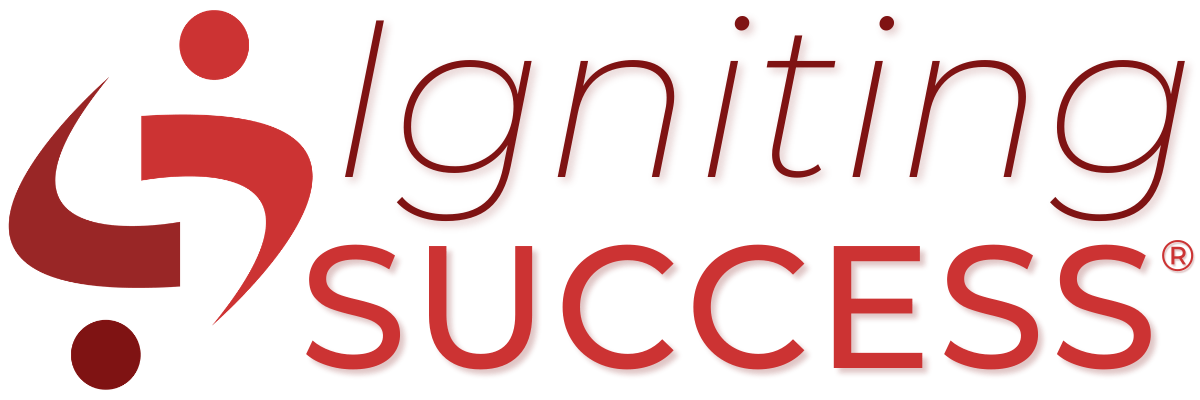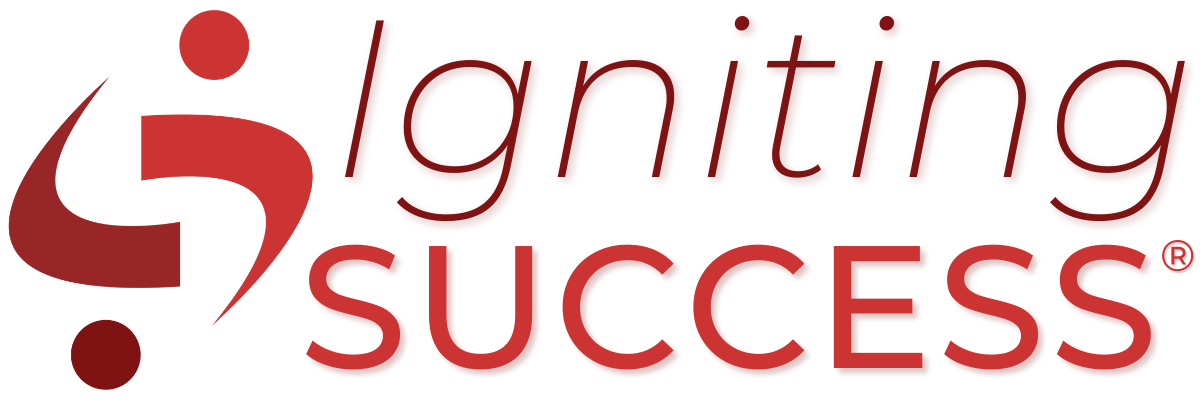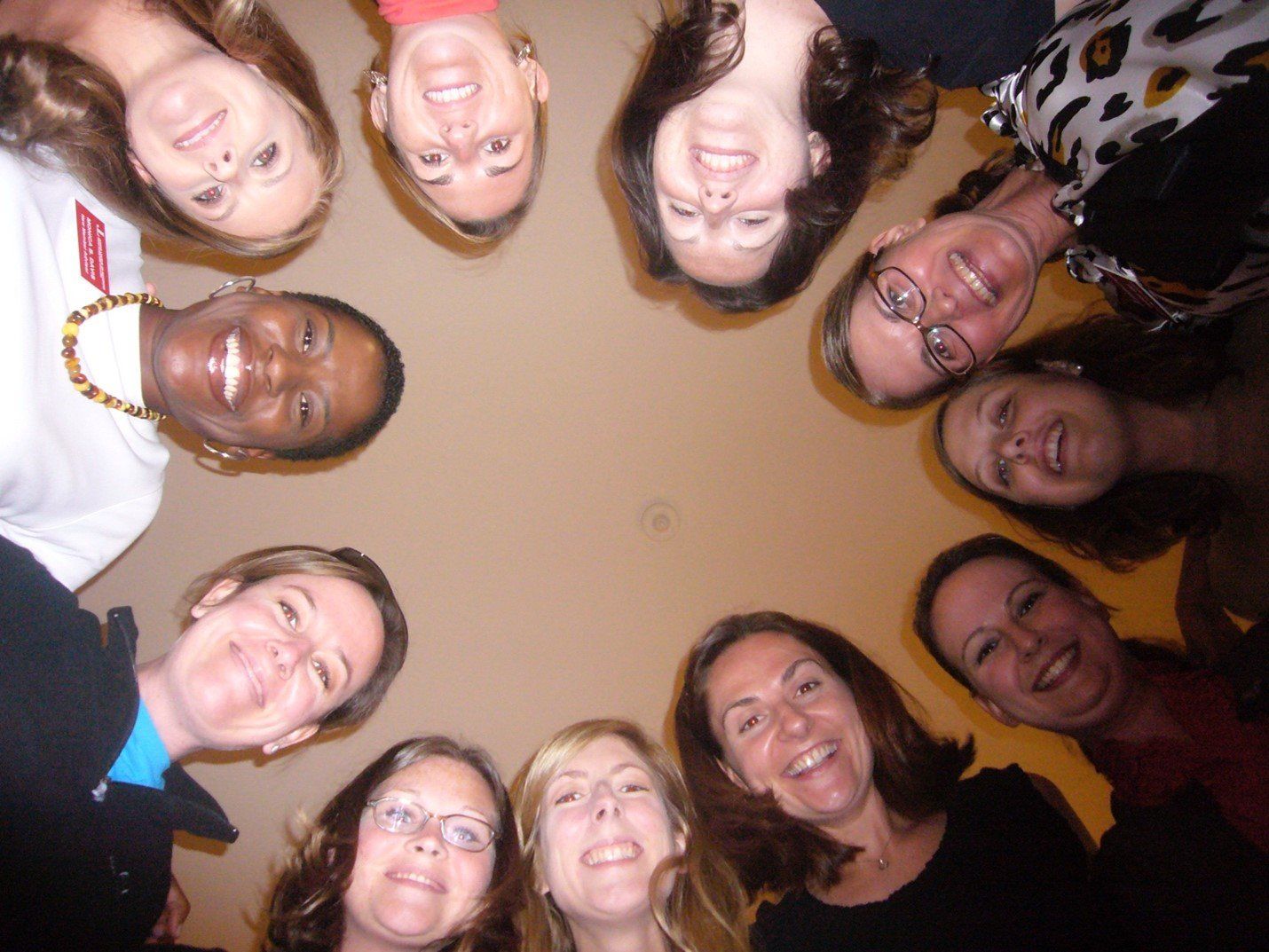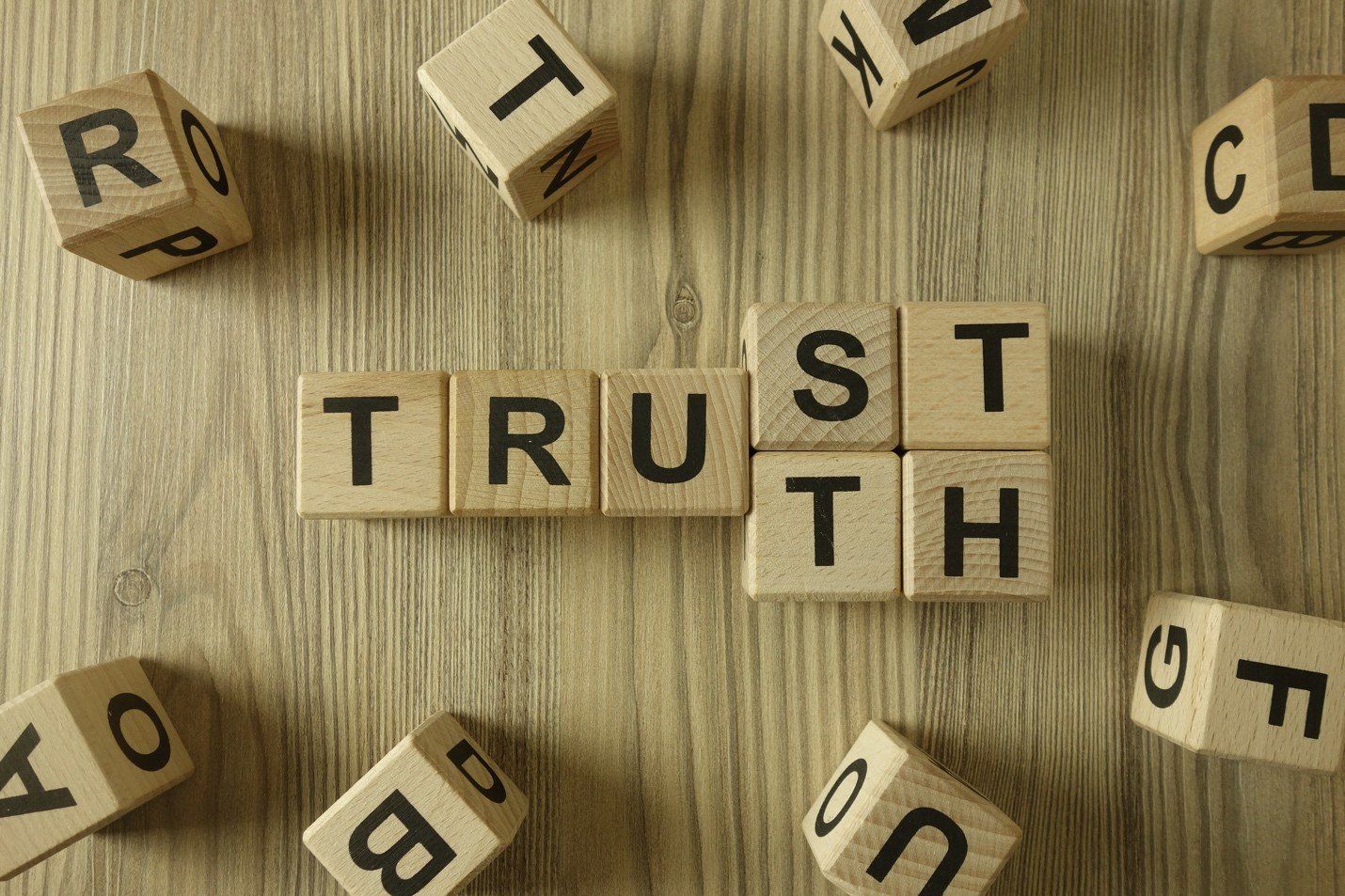The cornerstone of every productive, caring, and meaningful relationship is trust
Trust only exists within the framework of a relationship.
Without trust we live in a superficial world where we silently doubt, reconsider, wink in agreement, and speak covertly about what we don’t like—these very actions undermine what we claim to care about albeit unintentionally. In some cases, we come up with a narrative for why we must behave in a certain way that supports our silence versus stepping into action to bring about a productive culture built on trust. In essence we get sucked into our own story and become an accomplice to our own crime.
“Trust, like love and freedom, is one of the essential human values that everyone understands—until it come into question and it is time to put it into practice.” ~Robert C. Solomon & Fernando Flores, Building Trust
Without trust, we are limited in our ability to take action—we cannot see beyond what is in front of us; we don’t even recognize the actions that are possible to generate a different experience. All we see are limitations. Distrust is a detrimental waste that can be avoided with mindfulness, care and practices that cultivate self-trust; the first step toward building trust with others.
In my experience, trust is the most often “taken for granted” assumption for leaders. I witness it all the time—leaders falling victim to the highs and lows that result from trust.
I witness their excitement when “its” perceived to be present and/or wonder why “it” isn’t just there pushing and pulling others through the thick fog of skepticism. Solomon & Flores reference this behavior as cordial hypocrisy—defined as “ the strong tendency of people in organizations, because of loyalty or fear, to pretend that there is trust when there is none, to be polite in the name of harmony when cynicism and distrust are active poisons, eating away at the very existence of the organization.”
As an executive advisor and coach, I have extensive experience with this phenomenon. In fact, I am in the midst of working with an organization to intentionally break this vicious unproductive cycle. And let me tell you, it isn’t simple nor easy. It takes commitment, courage, practice, encouragement, acknowledgement… rinse and repeat over and over and over daily. This daily practice isn’t for the faint of heart. It takes deliberately developing skills to listen actively; a level of listening for what is happening just below the surface and more importantly, in the “space between”.
The trap that we trip over is believing we’ve finally arrived—that trust is somehow now magically present all the time. Trust is an ongoing, continuously earned experience where we never quite arrive.
Trust is required on the path to success, it is not the destination.
When we believe that everyone is in the right conversation about the conversation that is needed, we realize that those present are still nodding in the affirmative. In actuality they are not feeling psychologically safe or possibly don’t care enough about the team to speak up. Either way…the organization will continue to be fragile until trust is a mandatory practice—not just a motto to live by.
Trust allows freedom without fear.
Trust, as an action, is paramount at the highest level of leadership. If those leading the organization are practicing cordial hypocrisy, so will every layer of the organization.
So ask yourself, “how do we begin trusting trust”?
A Harvard Business Review article, The Trust Crisis, reveals that “Trust, as defined by organizational scholars, is our willingness to be vulnerable to the actions of others because we believe they have good intentions and will behave well toward us.”
Trust building requires a safe space to examine ourselves and the components that are embedded in our organizations. These characteristics enable or disable our ability to trust the system, processes, and one another.
These include:
- Organizational sub-systems and related operating parameters
- Feedback, reinforcement, and adaptation to delays
- Information flow and connectivity
- Goals: What we're trying to achieve
- Paradigms: Our deepest held beliefs
As we examine our culture, we begin to realize that trust is not black or white. Trust comes in multiple shades of grey, and it is the grey area that gets tricky. To make the lines brighter in my work with senior executive leaders and boards, I invite them to grapple with the idea that their success has not been fully realized because one or more of these 3 things are missing: clarity, commitment, and / or capability.
Building trust is hard work. It’s tedious.
The place to begin on this journey is the beginning; creating context for what trust is and isn’t. The following inquiries are a guide. The process must start with every member of the team reflecting alone first, and then coming together for a facilitated conversation that elicits new distinctions and new practices as a team.
- What is your definition of Trust?
- What constitutes Trust? In other words, what conditions must be present for Trust to emerge?
- attitude/logical assessment ~ care, sincerity, reliability, competency, willingness to be vulnerable/risk ~ our emotional response to the person ~ etc
- What energy or emotion does Trust generate in a relationship?
- How do you know Trust is present? How do you know if it is missing?
- What actions will I take to address with sincerity, reliability, competency, and care when Trust is missing?
Although our conversation is far from over. I trust you have read something that enables you to expand your “circle of trust” within self and with others.











